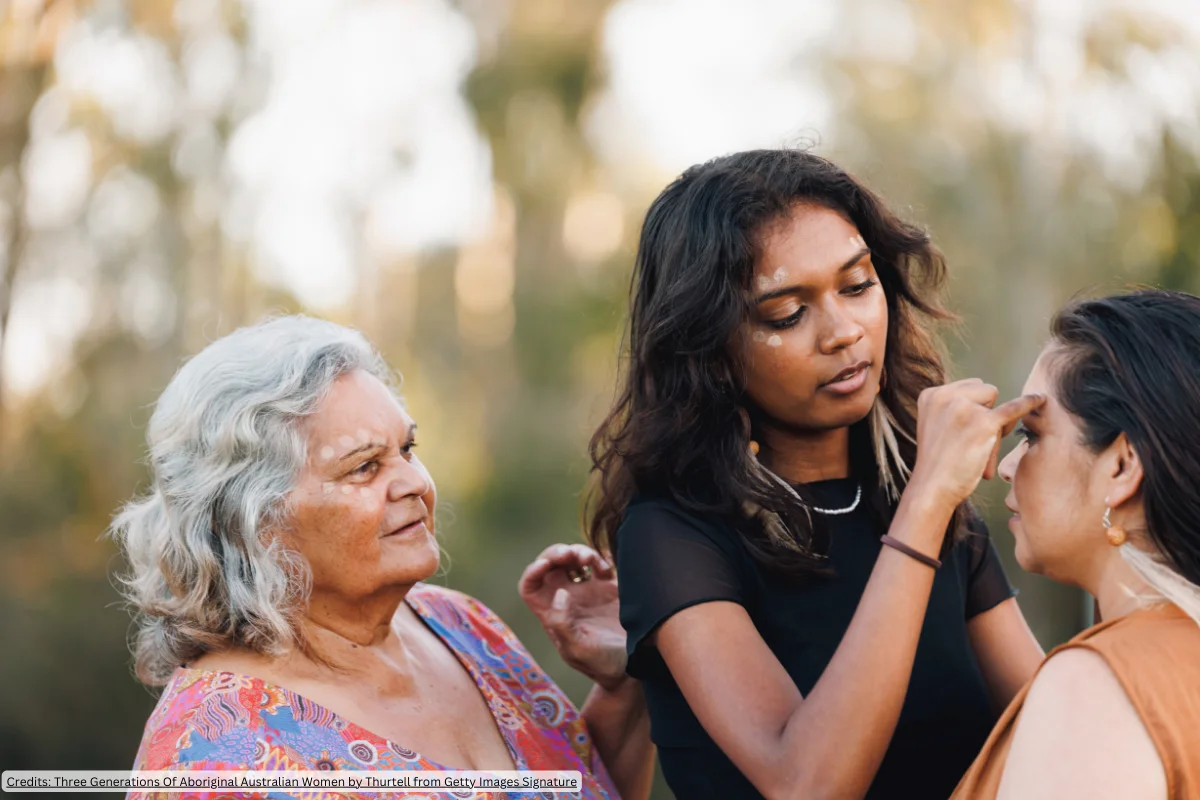Child abuse is one of those discomforting topics which is all too often dismissed as something affecting other societies, races and religions. Not only is the issue ‘othered’, it also remains highly stigmatised. The media either avoid or sensationalise the subject.
In my position leading Blue Knot Foundation – an organisation which supports adults who didn’t receive the care and protection children need and deserve – helping to steer an informed public discourse, alert to the nuances and sensitivities of the issue, is a perennial challenge.
Much reporting we do see around child abuse perpetuates common myths and misconceptions. It fails to position child abuse within its social context and often uses an individualistic lens – blaming the victim. Adults abused as children are expected to simply get over it and move on because it happened such a long time ago. As ‘these people’ are no longer children, their personal struggles, which are often part of a survivor’s journey, can become a further point of derision – ranging from mental ill-health, substance abuse, homelessness, relationship breakdown, welfare dependency and even suicide.
The reality is that far from being a rare isolated event, child abuse is pervasive – it’s common across all societies, races and religions, and often has profound impacts into old age. The challenges survivors face are physiological and neurobiological. Adults often experience a range of sensitivities and vulnerabilities stemming from repeated trauma on the developing brain and attachment dynamics. All of these complexities must be presented in a balanced way to foster greater awareness and understanding.
The telling of personal stories of trauma and recovery can either empower or adversely impact survivors and their communities. Survivors can be further traumatised by insensitive interactions, triggering a range of physiological and emotional reactions – from anger and distress to self-harm and suicide.
In speaking with or interviewing survivors about trauma, it’s important to safeguard the physical and emotional safety of all involved. We must remember, survivors were harmed in prior relationships. Empathic and compassionate interactions, which privilege listening, hearing and validating their feelings and experiences, can make all the difference. So too can understanding why a person behaves in ways which seem challenging. These may be strategies they have developed to cope with their trauma, to minimise its stressful impacts, and ultimately, to survive. One approach is to recognise and mediate the person’s stress; be alert to visible agitation, be it a raised voice or glazed, ‘shut down’ expression.
Nothing is more powerful than first person stories. But survivors must be respected and well supported through the process – we must equally respect and honour their choice to speak and remain silent.
Inaccurate, unbalanced or sensationalist reporting can be seriously damaging for survivors and hinder their recovery. Responsible media, on the other hand, can help to educate, and shape an understanding of childhood trauma and abuse, and all of its complexities – from the burden on individuals, families and communities, to issues of prevention, human rights, recovery and justice.
Dr Cathy Kezelman AM, Blue Knot Foundation President.












